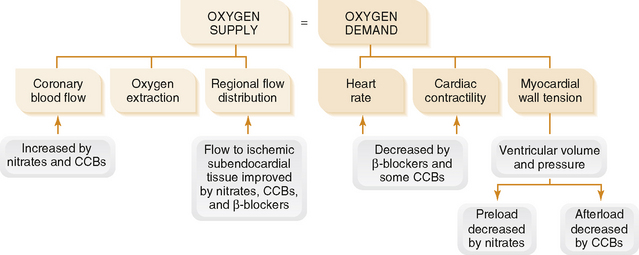Chapter 14 Other Cardiovascular Drugs
2. Use of pFOX inhibitors (e.g., trimetazidine) shifts metabolism to glucose metabolism, which is more efficient in generating adenosine triphosphate (ATP) in the ischemic heart.
3. Ranolazine initially assigned to pFOX inhibitor group; now believed to block a late sodium current that facilitates calcium entry via the sodium-calcium exchanger.
a. Block calcium movement into cells, inhibiting excitation-contraction coupling in myocardial and smooth muscle cells
d. Now believed to inhibit the late phase of the inward sodium channel (late INa) in ischemic cells during cardiac repolarization reducing intracellular sodium concentrations; this leads to:
Stay updated, free articles. Join our Telegram channel

Full access? Get Clinical Tree



